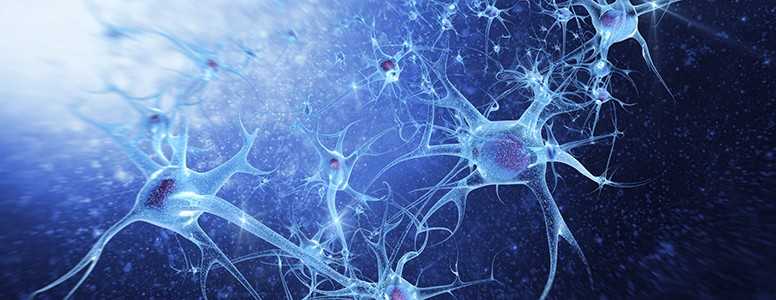Researchers have discovered that a particular signalling protein could help the regeneration of the peripheral nervous system, making it a potential treatment for diabetic neuropathy.
The study, conducted by researchers at Case Western Reserve University School of Medicine, found that a protein called C-C class chemokine 2 (CCL2) helps peripheral nerve cells to repair and grow after injury.
“We are excited about our findings because we had no reason to expect that just expressing the chemokine CCL2 would be enough to stimulate nerve regeneratio,” said senior author Richard E. Zigmond, PhD, professor of Neurosciences and Pathology at Case Western Reserve University School of Medicine. “It is remarkable that just CCL2 should be so powerful.”
How does CCL2 work?
CCL2 has a significant influence on the function of peripheral nerve clusters, which are known as ganglia. Every peripheral nerve cell is made up of two parts: the main “body” of the cell, and a “tail,” which is called an axon. When the axon breaks off from the body of the cell, it splits into two parts. One of the parts detects different sensations; the second relays the information picked up by the first part to the brain and the spinal cord.
But peripheral nerves can be injured, sometimes by cuts and fractures, sometimes by disease. One of the most common diseases to damage peripheral nerves is diabetes, specifically a common complication known as diabetic neuropathy. It’s at times of injury that CCL2 exerts its influence, sending out inflammatory immune cells known as macrophages to help the peripheral nerve cell clusters to grow and repair. Macrophages allow new axons to grow, which is a key part of the regeneration process.
Testing CCL2
The researchers tested CCL2 in mouse models by giving them a virus designed to increase levels of CCL2. The mice had a greater accumulation of macrophages than mice that were not injected with the CCL2 virus. The more macrophages they had, the more neuron spreading they demonstrated, which is a key part of nerve regeneration.
Another group of mice were engineered to lack a key CCL2 receptor; without it, the protein can’t act. These mice had very little nerve growth, and a significant lack of macrophage accumulation.
“We did the same experiments in another type of mouse and found the same correlation,” explained Zigmond. “If macrophages don’t come into the ganglia, then regeneration is substantially impeded. We found this true of sensory and sympathetic neurons. We concluded that there was a correlation between macrophage entry into ganglia and nerve regeneration.”
A new approach to inflammation?
The findings suggest that a new attitude towards inflammation might be needed. Currently, the approach is to fight inflammation, but it may be wiser to allow a small amount of inflammation following an injury in order to stimulate the regeneration of neurons.
Zigmond said: “Our conclusion is that the immune system and the nervous system are interacting in a beneficial way to create macrophage-induced inflammation and promote nerve regeneration. This is occurring around the cell bodies. There is something happening within the cell in response to macrophage activity, in addition to macrophage action on to the damaged distal nerve axon.”
The findings are published in Experimental Neurology.
What's new on the forum? ⭐️
Get our free newsletters
Stay up to date with the latest news, research and breakthroughs.





